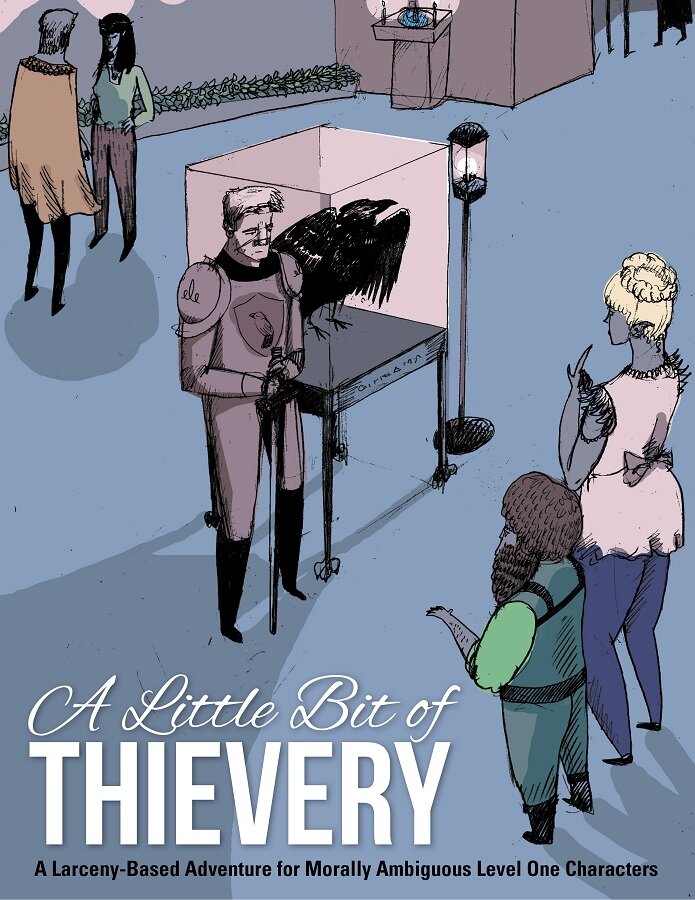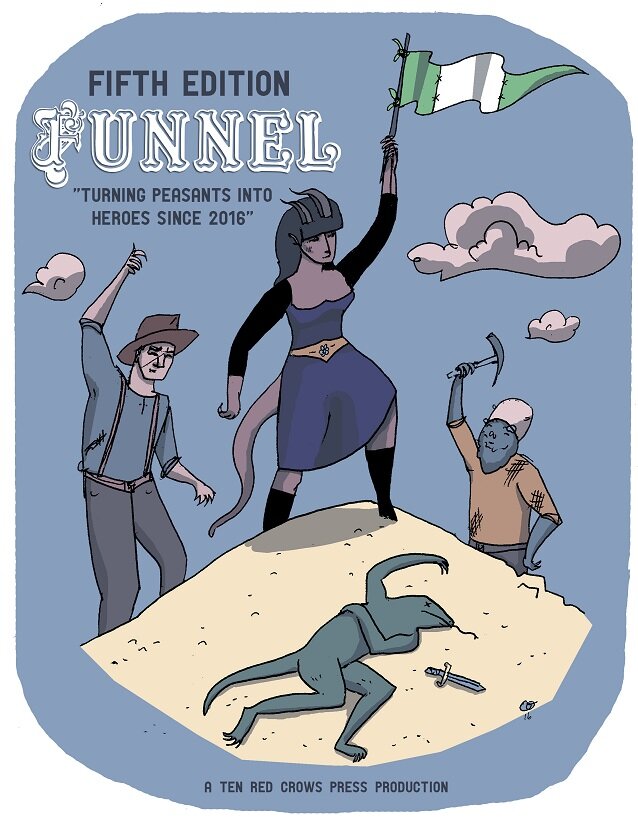That one Nostalgic time in Highschool: The Rise and Fall of Stars!
I was recently reminded of a video game I played in my youth: Stars! It’s a small 4x game where you conquer the galaxy by exterminating your rivals (or at least getting human players to concede when you achieve economic dominance). The gameplay is simple enough, you colonize planets, build ships, colonize more planets, research technologies, etc. Most tactical decisions are straightforward (colonizing a habitable planet? Yes!) and planets could only build factories and mines of which you need both. Beyond 3 types of minerals, there was only one currency called “resources,” the total production of your planets. No intelligence points, research points, magic space dust, or faith. Resources couldn’t be saved, they were spent at the end of every turn.
The Stars! main scanner map, showing scouts scanning the local space of a home world. This was cool in 1997, I assure you.
Since the tactical decisions were obvious (build factories, build mines, colonize every planet you can) it freed up space for strategic decision-making. When and where to engage enemies, what kind of Empire Traits should you select to enhance your play style? How to disguise your empire traits from other human players so they can’t react to your moves. Furthermore, most traits were well-balanced. Whether you chose a Hyper Expander or a Space Demolitionist, a well-designed empire could win.
Stars! was also designed with play-by-email support, harkening back to the days when people played chess or Diplomacy by physical mail. It was this in-between moment for online gaming. You played on a computer, but you had to email your game file to the host to process the new turn.
The only flaw in the game is that it fell into micromanagement hell. Each planet needed orders, as did every single ship/fleet. Population on planets needed to be actively managed to ensure maximum growth rates, etc. Instead of leading a stellar empire, you felt more like a middle manager, checking boxes and stamping emigration visas to ensure that your empire hummed along as efficiently as possible.
The game came with a thick manual of which the last half contained the “guts” section which fully explained the math on how the game worked. For a budding nerd, it was a wonderful introduction to how strategic video games function. I specifically remember playing this hot seat on one computer with my friends in early high school (circa 2000 and before) on sleepless nights of deep summer where we ran slightly tweaked versions of our empires to see if we could eke out a win against the AI.
Growing up with the internet
This game grew up with the (pre-google) beginnings of the internet. I experienced that there were adults that liked the same things you, a teenager, did. You could find text copies of BBS conversations about the game. People wrote articles about how to design empires and maximize survivability. I remember printing out these dramatic message board comments along with empire design theory so I could read them on the long drives our family took throughout the Midwest.
The three main programmers, all named Jeff, conversed with fans. We were able to ask questions about the design intent of certain features, and even provide feedback on various parts of the game. This was my first experience with lofty creators engaging with their community, and it was cool.
The apex of all this was when the Jeffs announced that there was to be a sequel. They were working on Stars! Supernova Genesis (such a 2000s name): a sequel that would solve all the problems of the first game as well as advance new concepts and modes of play. Yes, it would be a bigger and better version of the game you are playing now. Everything would be great. Everything.
A low-resolution image of what could have been, Stars! Supernova Genesis.
I remember scouring the internet for any information, any off-hand comment from the developers. What was this new masterpiece going to be? They even released web kits, so you could stare (or post!) some beautiful artwork about this up-and-coming game.
And then… nothing.
Vaporware
I followed the development of Stars! Supernova Genesis through the end of high school and the beginning of college. At first, there were lots of messages and updates, and then they petered out. There was a closed beta (where everyone signed NDA), but the publisher eventually decided not to publish the game. Because the publisher owned the artwork, the Jeffs owned the code, and the code and artwork were intertwined, the game couldn't be completed without everyone in agreement.
There were discussions with other publishers, some hopeful, but they all fell through. It left the game in a permanent state of undone.
Back in 2004 (which I hate to admit was 20 years ago), there was a post by Jim Lane (one of the people working on Stars) attesting to most of the above situation. He noted they were working on Stars 3, an upgrade of the original Stars! Chasis, and bringing the code into the (now out of date) 32-bit realm. Where Stars Supernova was supposed to take a swing as a AAA title, Stars 3 was supposed to be a “part-time effort” like the original game.
As exciting as it was, I couldn’t find anything beyond some posts in 2004. Stars 3, along with Stars Supernova Genesis never materialized. I can’t find anything on any of the initial designers of Stars!. No personal websites, nothing else that I could verify were the people I was looking for. I doubt that Jeff McBride became a magician named Magnus, but if he did, good for him.
Most of the websites dedicated to Stars! are gone. Only a few remain, and most are conglomerations of the remaining Stars! content. The Wiki and Forums at Stars Autohost, are mostly dead, but still very useful. There have been a dozen personal attempts to make something better, but most have slowly died in the pre-alpha state.
What was once an obsession of mine is now just a mere curiosity, regarded to its small corner of the forest of knowledge.
What is dead may never die.
There are a few bright spots. Someone ported Stars! to an online game server, to preserve (and eventually expand) it. There is also a semi-active discord filled with a few players and programmers considering the future of the game. There is even a game or two that is currently being played. If you want to play Stars! Now, you still can. You just have to have a Discord login, thanks to Craig Stars!
I texted a friend from high school, maybe we will start up a game.
If you are interested, here is some basic advice:
Economy is Key. Resources come from the population and factories. There are a dozen ways to get a good economy, but you have to manage those two levers. In general high population growth rate (18-20%) is important.
Very Early war should be avoided. Early-game resources spent building warships are resources not invested in your economy. Early wars start around turn 30, you probably want tech 10 in weapons by then.
Research wins wars. If you can’t deploy the latest weapons, you are going to have a bad time.
The colony ship is a trap. It presents the idea you can drop 2,500 colonists on a planet and walk away. You need 25,000 or 50,000 colonists to get a colony rolling at any decent time. Look to the privateer hull.
Leverage your strengths and weaknesses. With certain disadvantages and empire selections, you can ignore parts of the game. It lowers micro-management and can save imperial resources. For example, if you choose “no ramscoop engines” and are gravity-immune, then there isn’t any reason to research the last half of the propulsion tech tree. You just saved yourself a bucketload of expensive work for your overworked and underappreciated imperial scientists.







